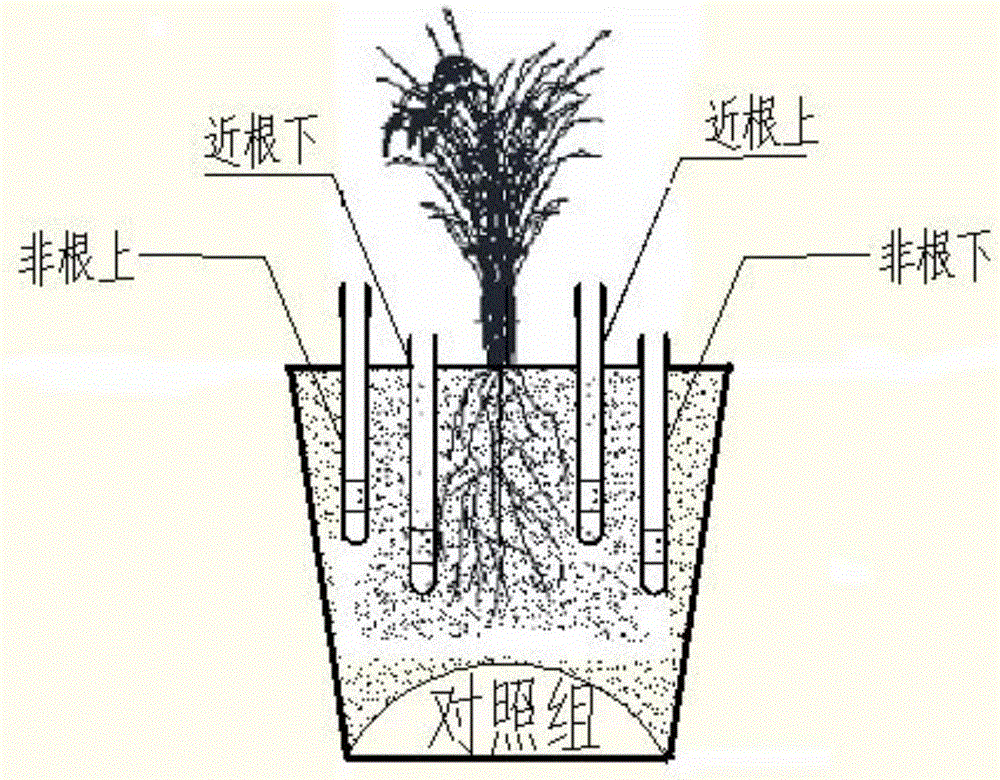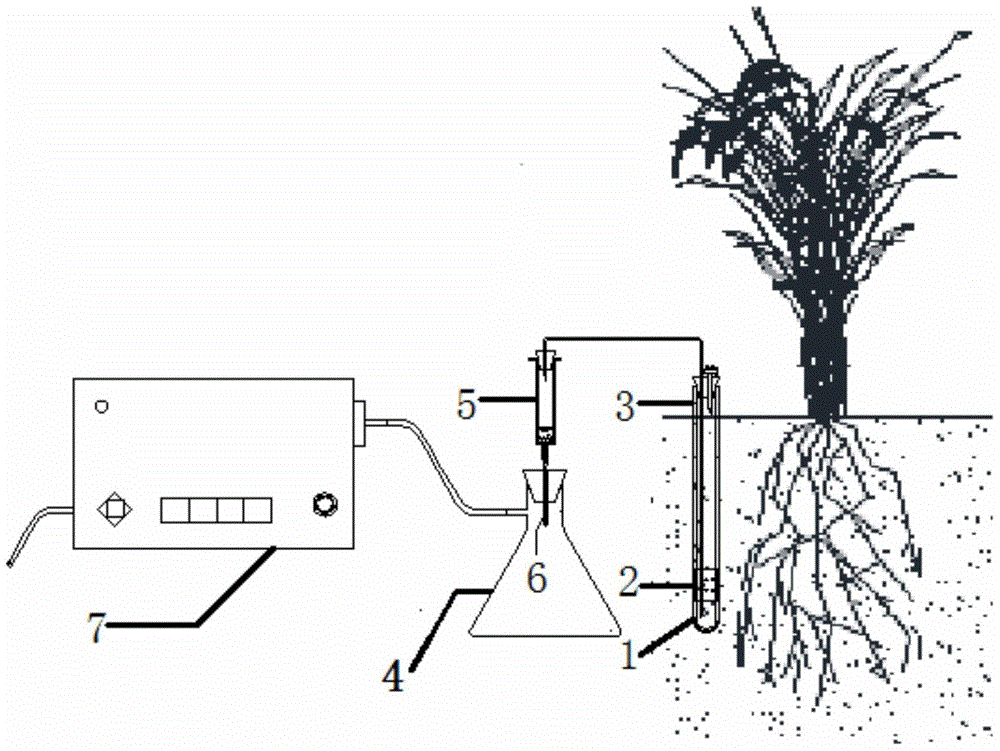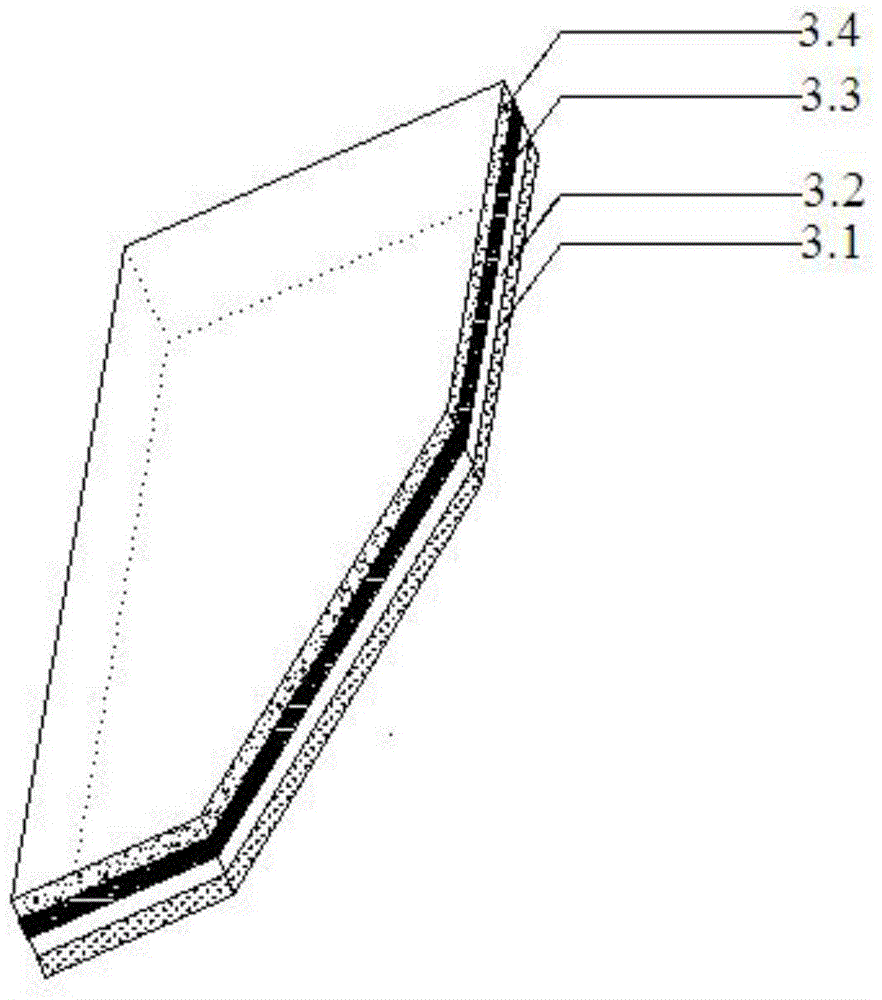Passive leachate gatherer for detection of POPs in soil
A soil infiltration, passive technology, applied in the direction of testing organic pollutants in water, instruments, testing water, etc., can solve the problems of complex structure, inability to accurately reflect the in-situ characteristics of soil leachate, and high cost, and achieve device structure design. Reasonable, improve sampling efficiency, control the effect of sampling error
- Summary
- Abstract
- Description
- Claims
- Application Information
AI Technical Summary
Problems solved by technology
Method used
Image
Examples
Embodiment Construction
[0027] Below in conjunction with accompanying drawing, technical scheme of the present invention is described in further detail:
[0028] Such as figure 1 Shown is the layout of the sampling points of the leachate collector. The sampling points can be set near the root, above the root, not above the root, or not below the root. Such as figure 2 It is a schematic diagram of a single collector, an embodiment: it includes a passive soil leachate collection bin and a POPs enrichment extraction system. Among them, the passive soil leachate collection chamber includes a Teflon sheath 1 at the bottom of the collection chamber, a porous water inlet 2, a ground sheath 3 and such as Figure 5 The double-hole rubber stopper 8, glass catheter 9, and glass stopcock 10 of the collection port shown in ; Among them, the bottom of the collection chamber is provided with a Teflon sheath, the top of the collection chamber is provided with a ground sheath, and the middle and lower part of the...
PUM
 Login to View More
Login to View More Abstract
Description
Claims
Application Information
 Login to View More
Login to View More - R&D
- Intellectual Property
- Life Sciences
- Materials
- Tech Scout
- Unparalleled Data Quality
- Higher Quality Content
- 60% Fewer Hallucinations
Browse by: Latest US Patents, China's latest patents, Technical Efficacy Thesaurus, Application Domain, Technology Topic, Popular Technical Reports.
© 2025 PatSnap. All rights reserved.Legal|Privacy policy|Modern Slavery Act Transparency Statement|Sitemap|About US| Contact US: help@patsnap.com



